
10 reasons to migrate from PCF and embrace cloud hyperscalers
Are you currently navigating the landscape of application hosting and management with Pivotal Cloud Foundry (PCF), now known as VMware Tanzu Application Service? Perhaps you're contemplating a pivotal (pun intended) decision: the transition to cloud hyperscaler Kubernetes engines like Amazon Elastic Kubernetes Service (EKS), Microsoft Azure Kubernetes Service (AKS), or Google Kubernetes Engine (GKE). This leap presents a transformative opportunity, one that can elevate your organization to new heights of efficiency, scalability, and innovation.
SCHEDULE A FREE PCF AUDIT
In this blog, we'll dive into some of the challenges that PCF may pose and unveil ten compelling reasons why migrating away from it in favor of cloud hyperscaler Kubernetes is a strategic move that promises significant rewards for your enterprise.
What’s the problem with PCF?
PCF customers initially reaped the rewards of deploying applications within the Cloud Foundry environment, expertly managed by BOSH. Yet, as technology evolves, customers are increasingly confronted with the intricacies and hurdles posed by a legacy Cloud Foundry platform and costly PCF licensing. These challenges encompass:
- PCF licensing costs: PCF involves initial licensing fees, which can be substantial based on your organization's size and specific requirements. In addition to these upfront expenses, ongoing support and maintenance costs can also be substantial. These expenses cover crucial aspects like updates, patches, and access to support services, which are essential for ensuring the reliability and security of the platform. As your organization's usage of PCF grows, your licensing and support costs also scale up accordingly, creating a potentially significant financial burden, especially for organizations experiencing rapid growth. Managing and forecasting these scalability-related costs can be challenging.
- Vendor lock-in: PCF can tie you to a specific vendor, making it difficult to move your applications and data to a different cloud provider. These vendor-specific features and services may limit your flexibility in choosing the best tools and services for your unique use cases. You may find that you're locked into a specific ecosystem, leading to long-term dependencies that put your organization at the mercy of the vendor's pricing models. Over time, this can result in cost escalations that are difficult to mitigate.
- Flexibility: PCF is often considered less flexible and customizable than hyperscaler Kubernetes services due to its design, which prioritizes abstraction, simplification, predefined resource allocation, and vendor-specific features, potentially limiting the range of customizations available to organizations.
- Resource efficiency: PCF may not optimize resource allocation as efficiently as hyperscaler Kubernetes environments. This can result in less efficient resource utilization, potentially leading to higher costs and resource waste.
- Support for cloud-native technologies: PCF may have limitations in adopting the latest cloud-native technologies due to factors such as its focus on stability and reliability, thorough testing and certification processes, consideration of its diverse user base, and prioritizing technologies aligned with specific use cases and industries. Staying at the forefront of innovation may be more challenging with PCF.
- Scalability: PCF may not offer the same level of scalability as hyperscaler Kubernetes solutions due to its design, which prioritizes simplicity and ease of use over the granular scalability controls found in Kubernetes environments. Hyperscaler Kubernetes platforms are designed for on-demand scalability, enabling organizations to easily adjust their resources to meet fluctuating workloads and ensuring optimal performance and cost savings.
So, while PCF served as a solid foundation in the past, its legacy status now necessitates addressing multiple, costly challenges.
PCF to AWS Kubernetes (EKS) Starter Kit
PCF to Google Cloud Kubernetes (GKE) Starter Kit
PCF to Microsoft Azure Kubernetes (AKS) Starter Kit
10 reasons to choose hyperscaler Kubernetes
Choosing a hyperscaler Kubernetes environment offers a myriad of advantages for organizations seeking a powerful and flexible infrastructure for their cloud-native applications. In this discussion, we'll delve into ten compelling reasons why hyperscaler Kubernetes, such as GKE, EKS, and AKS, stand out as the platform of choice. From scalability (they’re called hyperscalers for a reason!) and global reach to cost efficiency and cutting-edge technology support, these key factors make hyperscaler Kubernetes an appealing option for businesses looking to thrive in the cloud-native landscape.
1. Cost efficiency
Migrating to a cloud hyperscaler can lead to significant cost savings. With PCF, you might be paying for licensing and infrastructure that goes underutilized. In contrast, cloud hyperscalers offer pay-as-you-go pricing, ensuring you only pay for the resources you use. This cost efficiency can result in substantial savings.
2. Lower Total Cost of Ownership (TCO)
Transitioning to cloud hyperscalers can reduce the TCO in several ways. By leaving behind the technical debt associated with maintaining a proprietary platform and code, you can streamline operations and lower costs. This transition also allows for the development of new code faster, boosting your organization's efficiency.
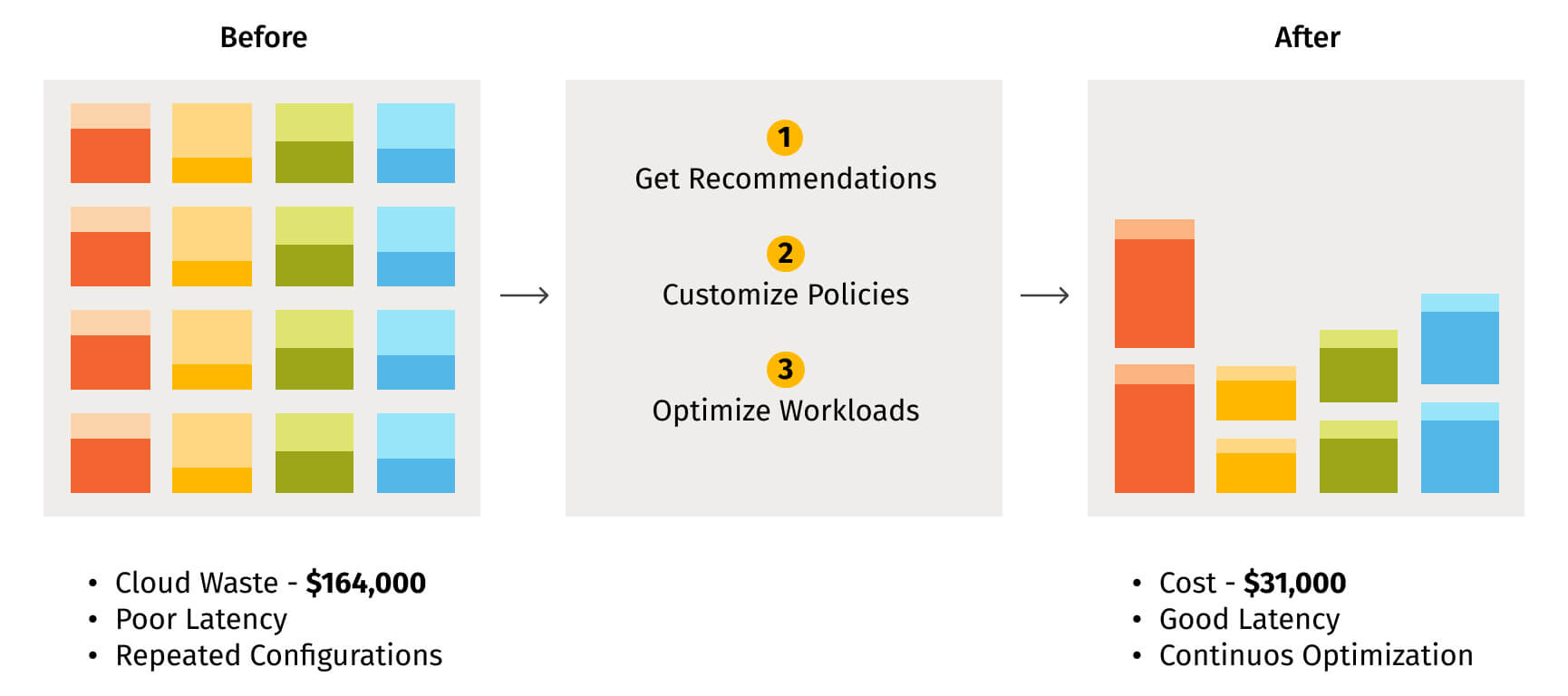
3. Scalability
Cloud hyperscalers provide on-demand scalability, allowing you to easily adjust your resources to meet fluctuating workloads. This ensures optimal performance while saving costs. It's a stark contrast to PCF's fixed infrastructure model.

4. Easier maintenance
Modern microservices platforms and architectures simplify maintenance. Migrating to cloud hyperscalers, especially if you adopt Kubernetes, reduces complexity and eases management. Additionally, cloud hyperscalers offer an ecosystem where you can attract and hire top talent proficient in cloud-native technologies.
5. Cloud portability
The move to cloud hyperscalers offers enhanced cloud portability. You can seamlessly migrate workloads between cloud providers or run them in a multi-cloud setup. This flexibility allows you to choose the best environment for specific needs and minimize vendor lock-in.
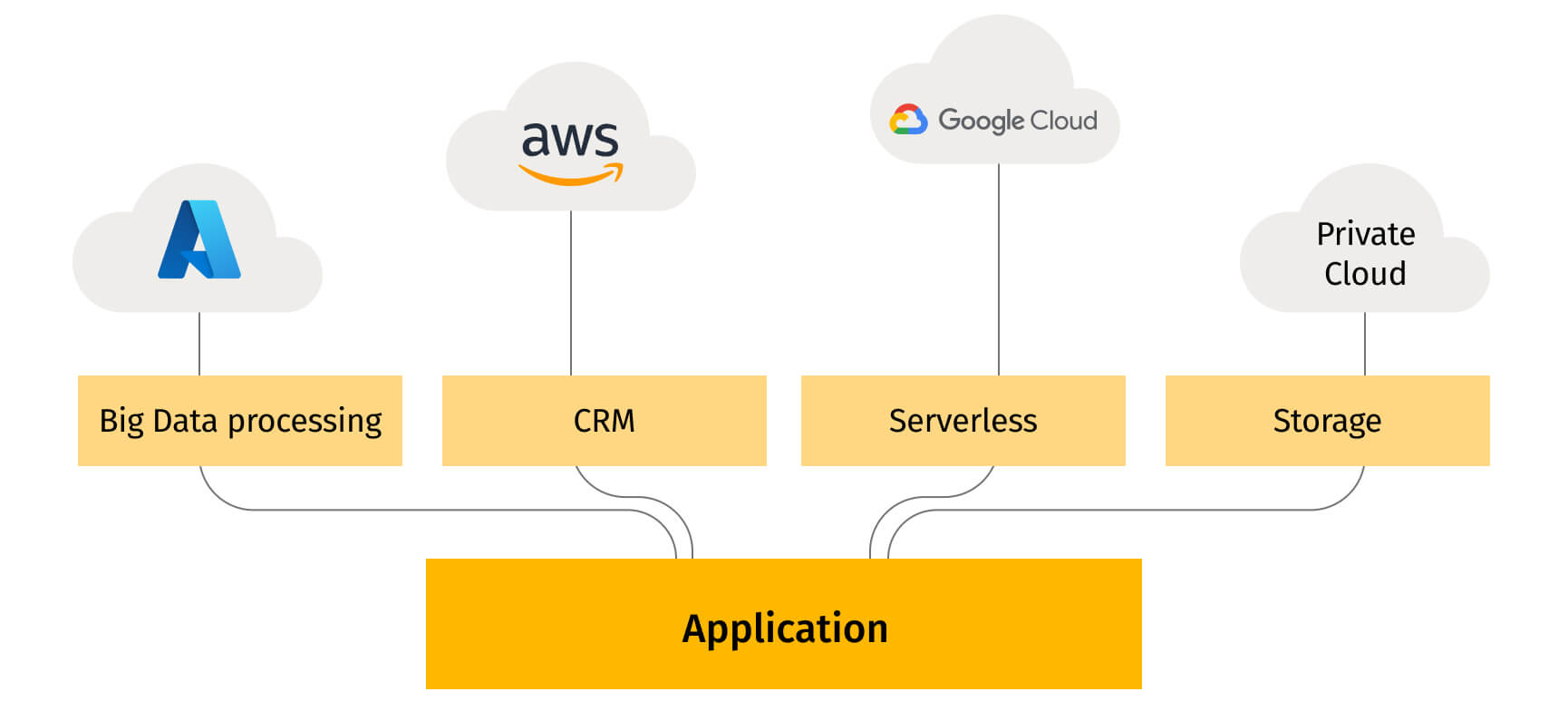
6. Cutting-edge services
Cloud hyperscalers are continually innovating, offering a wide array of services and tools for more efficient application development, deployment, and management. These services include machine learning, analytics, and IoT, all of which can drive innovation and growth in your organization.
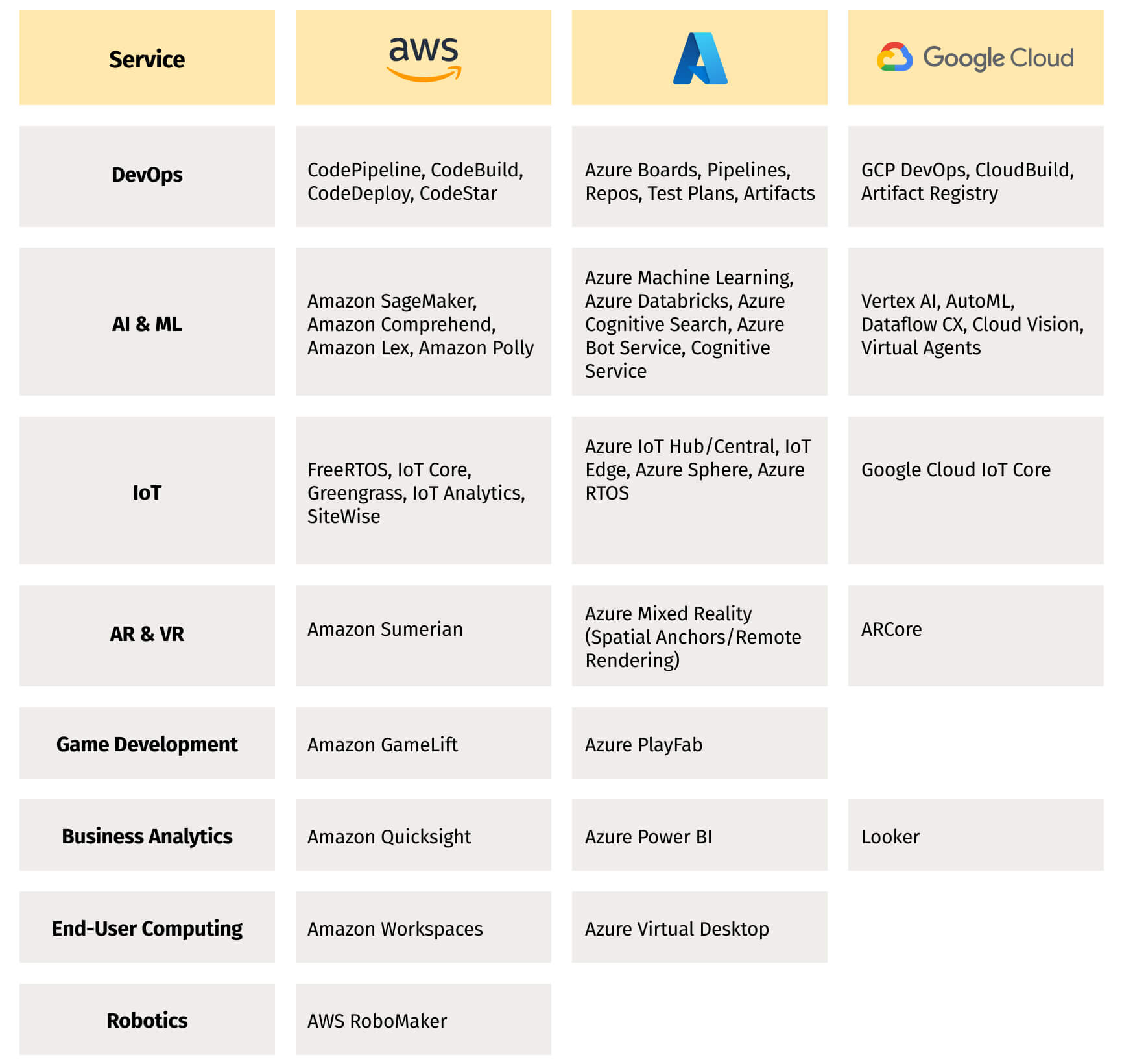
7. Global reach
Cloud hyperscalers have data centers worldwide, enabling global expansion with ease. This global infrastructure reduces latency and enhances the user experience for a worldwide customer base. It's a significant advantage for businesses looking to expand their global footprint.
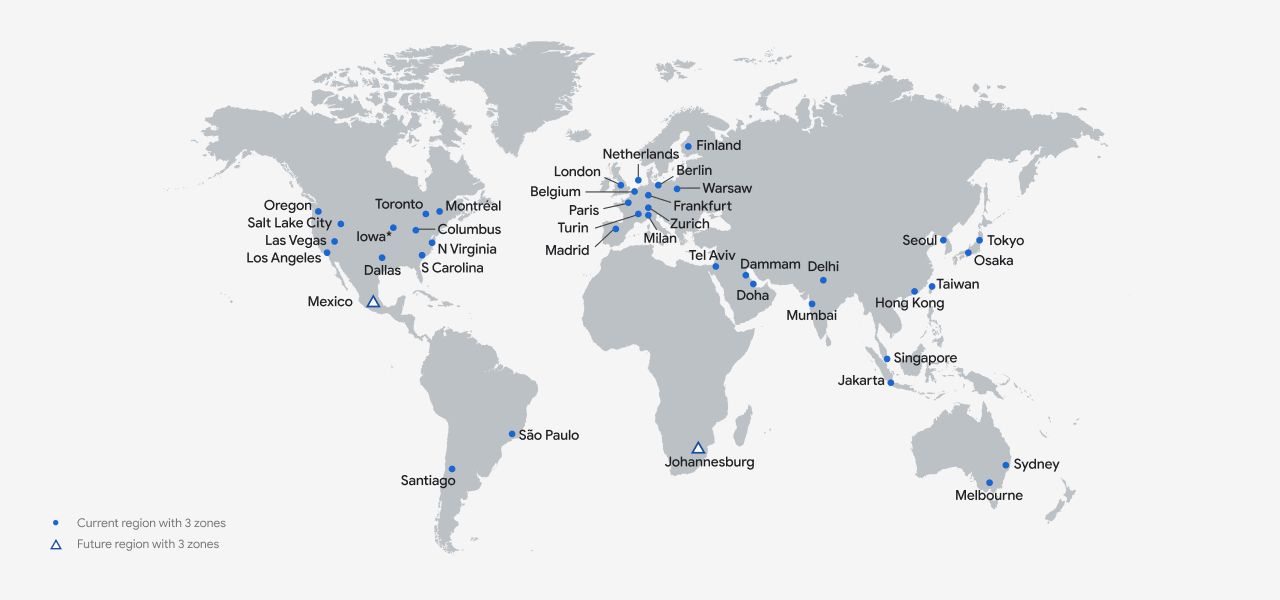
8. Security and compliance
Cloud hyperscalers invest heavily in security and compliance measures, alleviating the challenges posed by laborious PCF platform upgrades, which often lead to customers prolonging their stay on outdated platforms and remaining exposed to potential security vulnerabilities. Cloud hyperscalers have dedicated teams that monitor and protect your data, making it easier to adhere to industry regulations and maintain a robust security posture. This shift can lead to a safer and more compliant environment for your applications and data.
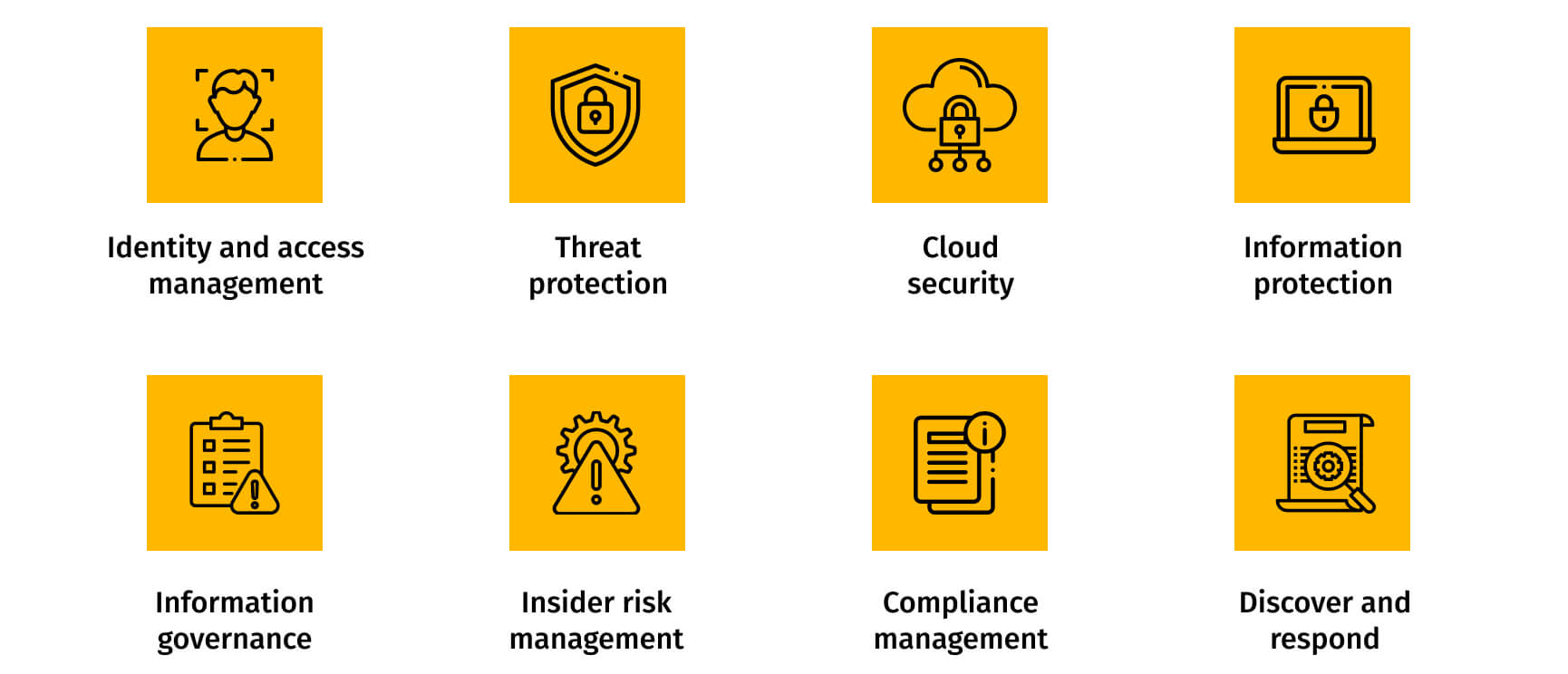
9. Resource efficiency
Resource efficiency in hyperscaler Kubernetes environments is characterized by resource optimization, a pay-as-you-go pricing model, cost savings, minimal resource waste, and dynamic scaling. These attributes collectively make hyperscaler Kubernetes a cost-effective and environmentally responsible choice for organizations looking to maximize the value of their cloud infrastructure investments.

10. Attracting top talent
Skilled professionals in Kubernetes and cloud-native technologies are in high demand. By embracing these technologies, your organization becomes more appealing to top-tier talent. This influx of talent can enhance innovation and drive your business forward.
PCF to AWS, GCP, or Azure?
Amazon Web Services (AWS), Google Cloud Platform (GCP), and Microsoft Azure stand as the titans of the cloud industry, each offering a comprehensive suite of services and solutions. The decision to choose one over the other is far from trivial; it's a strategic move that can significantly impact an organization's scalability, innovation, and overall digital transformation.
Whether it's AWS with its expansive service portfolio, GCP with its data-driven and AI capabilities, or Azure with its seamless integration with Microsoft products, the selection of a cloud provider shapes the way businesses operate, innovate, and respond to the ever-evolving demands of the digital landscape. The choice between AWS, GCP, and Azure depends on the unique strengths and offerings of each and how they align with your organization's specific goals and requirements.

Below is a brief overview of the strengths of each of the big three hyperscalers.
AWS
Amazon Web Services (AWS) is one of the world's leading cloud service providers, offering a wide range of cloud computing services, including computing power, storage, databases, machine learning, and more.
AWS is known for its global infrastructure, providing data centers in various regions worldwide. It's highly scalable and offers a pay-as-you-go pricing model, allowing businesses to scale resources as needed and pay only for what they use.
AWS is widely adopted by organizations of all sizes, from startups to large enterprises.
GCP
Google Cloud Platform (GCP) is Google's cloud computing offering, providing services for computing, storage, machine learning, and data analytics.
GCP offers a pay-as-you-go pricing model, which means you are charged based on your actual usage of resources. GCP also provides a free tier with a specific amount of usage that doesn't incur charges, making it easier for users to get started with their services. GCP is recognized for its data analytics and machine learning capabilities, making it a preferred choice for data-driven organizations.
Like other cloud hyperscalers, GCP offers a global network of data centers, ensuring low latency and reliable services. It's chosen by businesses looking to leverage Google's expertise in data and analytics.
Azure
Microsoft Azure is Microsoft's cloud platform, offering a range of cloud services for building, deploying, and managing applications.
Microsoft Azure provides a pay-as-you-go pricing model, allowing you to pay for the resources you consume on a per-hour or per-minute basis. Azure also has a global presence with data centers in multiple regions.
Azure provides a variety of services, including virtual machines, databases, AI and machine learning, and IoT solutions. It's known for its strong integration with Microsoft products and services, making it a preferred choice for organizations using Microsoft technologies.
Cloud portability and multi-cloud setups
As you weigh the options between these cloud titans, it's essential to consider the versatility and agility they offer, including the potential for cloud portability and multi-cloud setups.
- Cloud portability: One pivotal factor in your choice of cloud provider is the prospect of cloud portability. The ability to move applications and workloads seamlessly between different cloud environments is a game-changer for organizations seeking flexibility, resilience, and cost optimization. AWS, GCP, and Azure all provide tools and services that support multi-cloud architectures. This means you can design your infrastructure to run on multiple cloud platforms simultaneously, giving you the freedom to select the most appropriate cloud for each workload or scenario.
- Multi-cloud setups: Multi-cloud setups offer a strategic advantage in terms of risk mitigation and resource optimization. By adopting a multi-cloud approach, you reduce the reliance on a single cloud provider, enhancing redundancy and disaster recovery capabilities. It also enables you to harness the strengths and unique features of each hyperscaler. For example, you can leverage GCP's data-driven and AI capabilities for specific projects while relying on AWS for its extensive service portfolio. Microsoft Azure's seamless integration with Microsoft products becomes a valuable asset for certain use cases.
In essence, the decision to migrate from PCF to AWS, GCP, or Azure opens the door to not only a single cloud but a world of possibilities through cloud portability and multi-cloud setups. This strategic choice empowers your organization to respond nimbly to evolving demands and exploit the full potential of each cloud provider's offerings. Each of these hyperscalers provides a solid foundation for these approaches, ensuring your cloud strategy aligns with your organization's goals and requirements.
Optimize your cloud purchases
Explore the various purchasing options offered by AWS, GCP, and Azure to suit your needs:
- On-demand: Standard list pricing.
- Commitment-based: Leverage Savings Plans (SPs), Reserved Instances (RIs), and Commitment Use Discounts (CUDs) for discounted rates by pre-purchasing capacity.
- Spot: Leverage spare capacity at up to a 90% discount over on-demand pricing when available.
You can tailor your purchasing strategy for each node, giving preference to Spot instances for substantial savings. If spot instances aren't suitable for your workload, such as running a database in a container, you can opt for commitment-based pricing to ensure steady availability. Aim to minimize on-demand resource usage without commitments.
Get a FREE PCF to Kubernetes audit
If you're still on the fence, get in touch with us for a free PCF Reader audit to uncover the tangible advantages of migrating from PCF to Kubernetes.
Our FREE rapid audit delivers:
- A comprehensive analysis of your current PCF environment
- A compelling cost-benefit report on migration options
- Expert insights from a Grid Dynamics Enterprise Architect to maximize your business application performance
